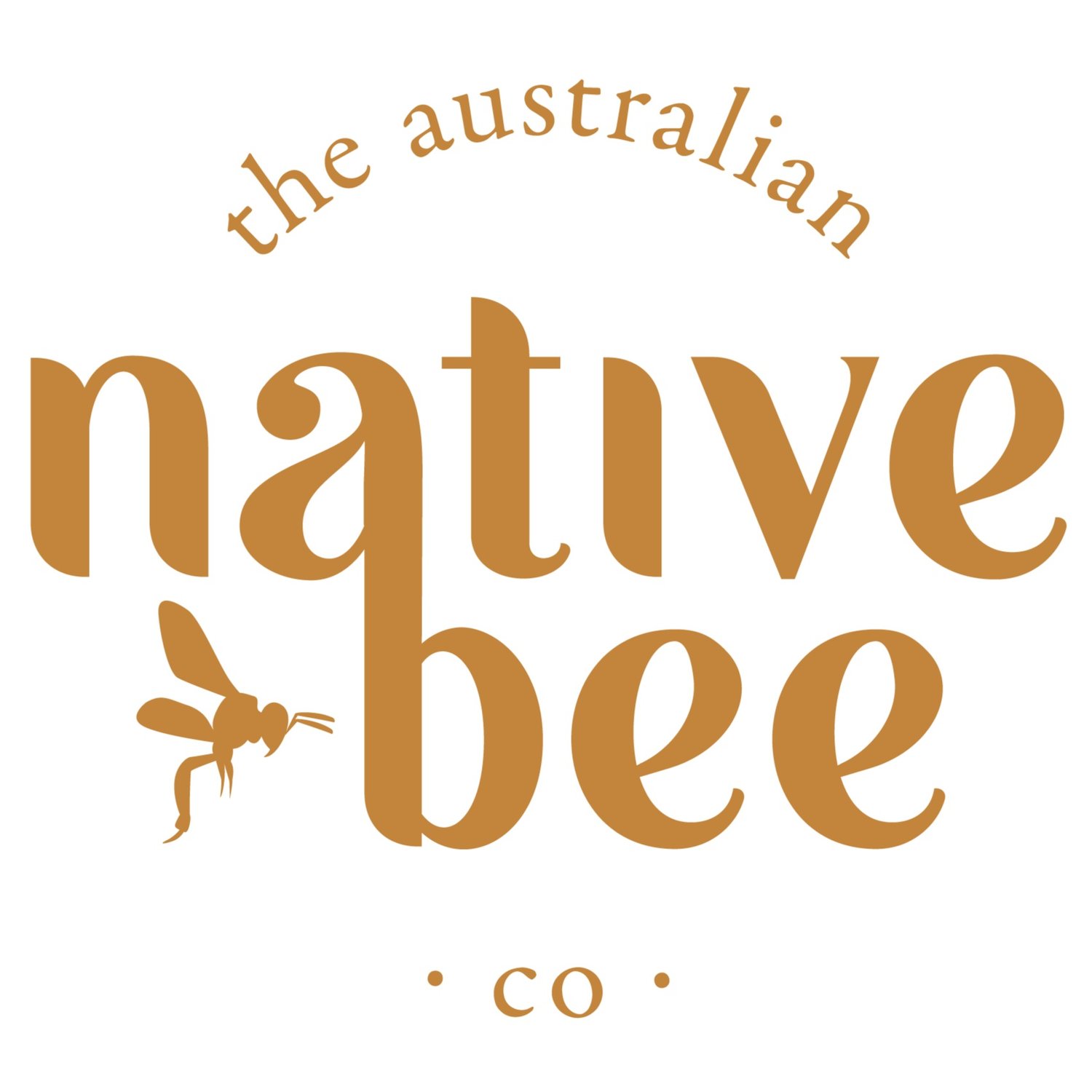Australian Native Bees
Importance of native bees
Australian Native bees are crucial for the pollination of plants throughout Australia and are also stingless.
We have a huge variety of native bees in Australia, both social and solitary.
Having a diverse range of bees means that plants requiring bees for pollinations needs are adequately met.
Albert Einstein said that without bees the world food supply would diminish within 5 years.
Native bees are a crucial part of the diverse ecosystems that we have in Australia and it is important that we do what we can to support and protect them.
Native bees in the Northern Rivers
There is a large number of both social and solitary native bees that can be found in the Northern Rivers area.
Social species that can be found naturally occurring in the region are Tetragonula carbonaria and in some places Austroplebia australis.
Solitary species of bees that are common to our area include, the Blue Banded Bee, Resin bees, Teddy bear bees and leaf cutter bees to name just a few.
Keep your eyes out and you are sure to find some.
Difference in native bees & other bees
There are a large number of differences between Tetragonula carbonaria (Australian native bees) and European honey bees.
Some of the biggest differences are outlined below:
The size and colour of the bees
T.C bees are approximately 4mm in size whereas EHB's are about 3cm in size.
Foraging range
For T.c bees is 500+m, EHB's can travel 5+km to forage.
Nest structure is significantly different
T.C's have a distinct spiral brood pattern and egg shaped pollen and honey pots. EHB's construct hexagonal shaped cells for brood, pollen and honey. T.C bees tolerate the presence of virgin queens whereas EHB's do not.
Honey production and flavour
Very different between the two species.
These are just a few examples of the differences between the two species.



